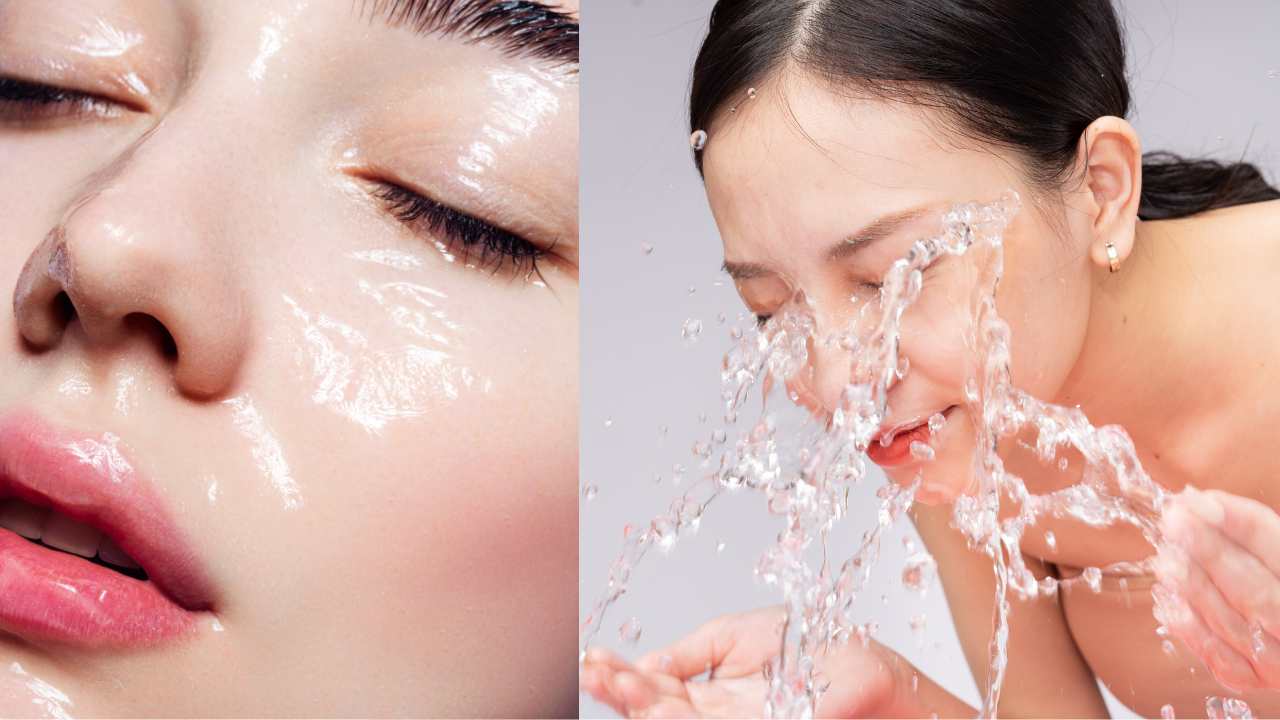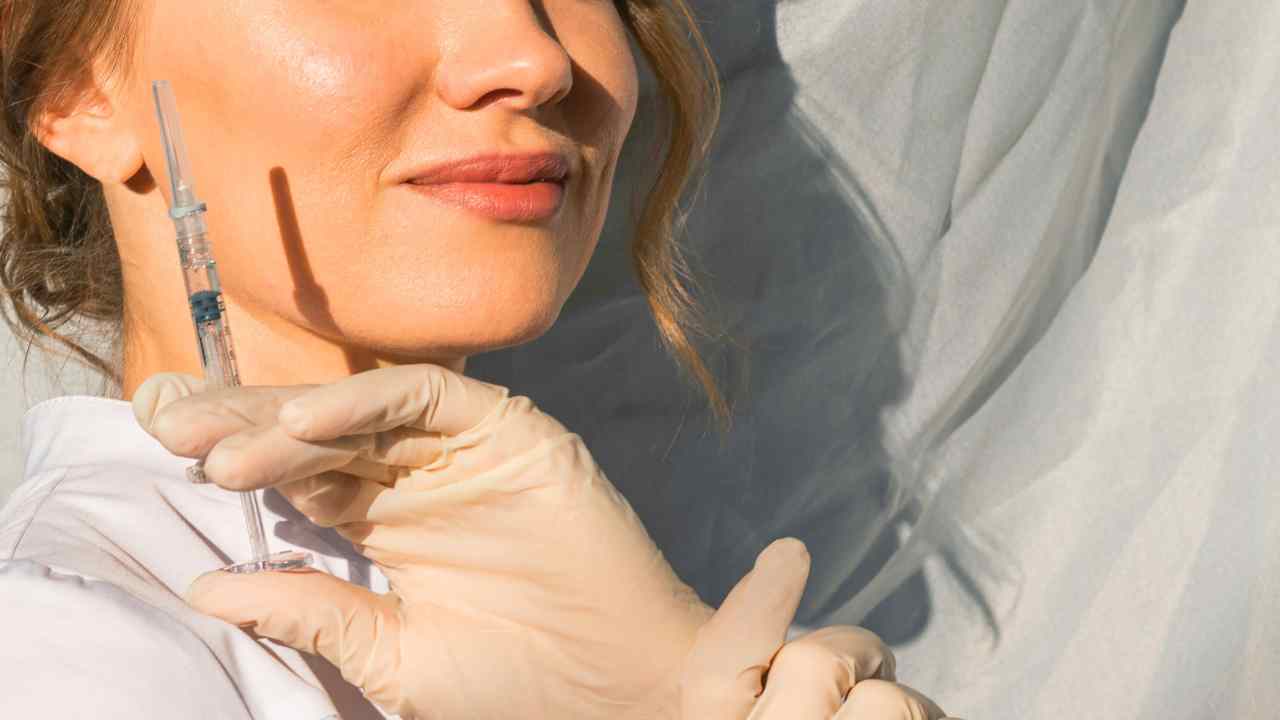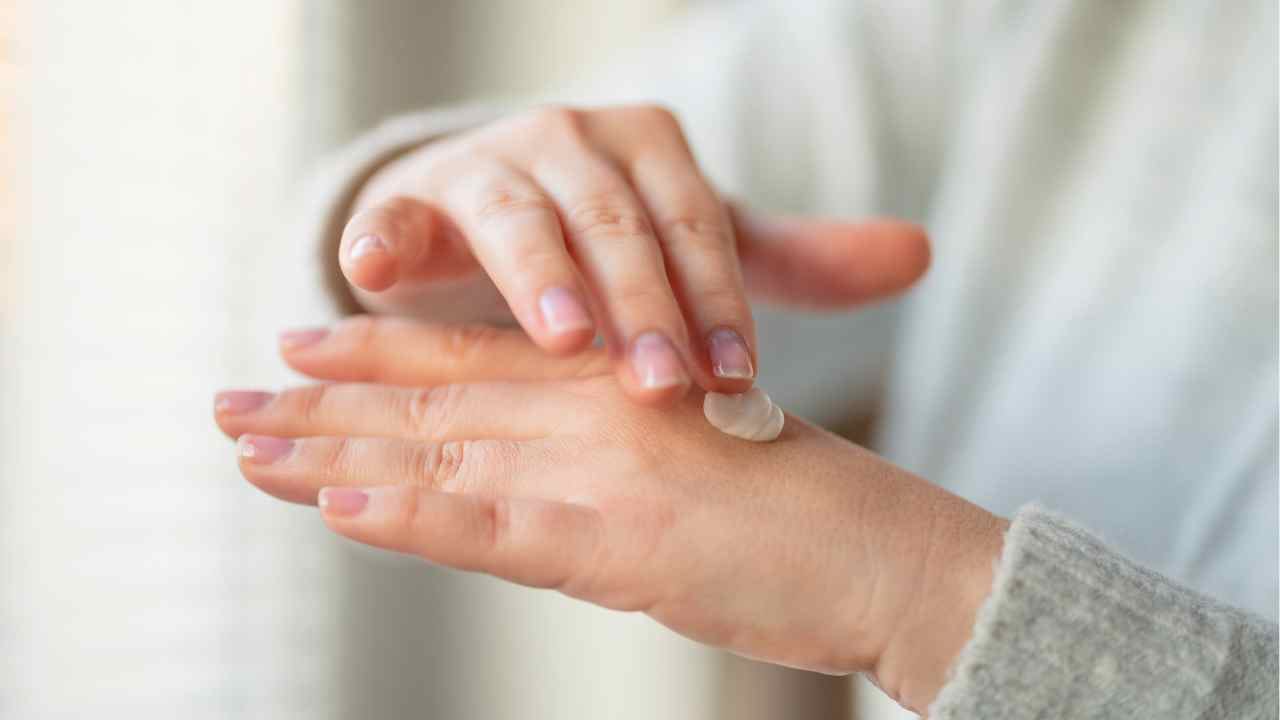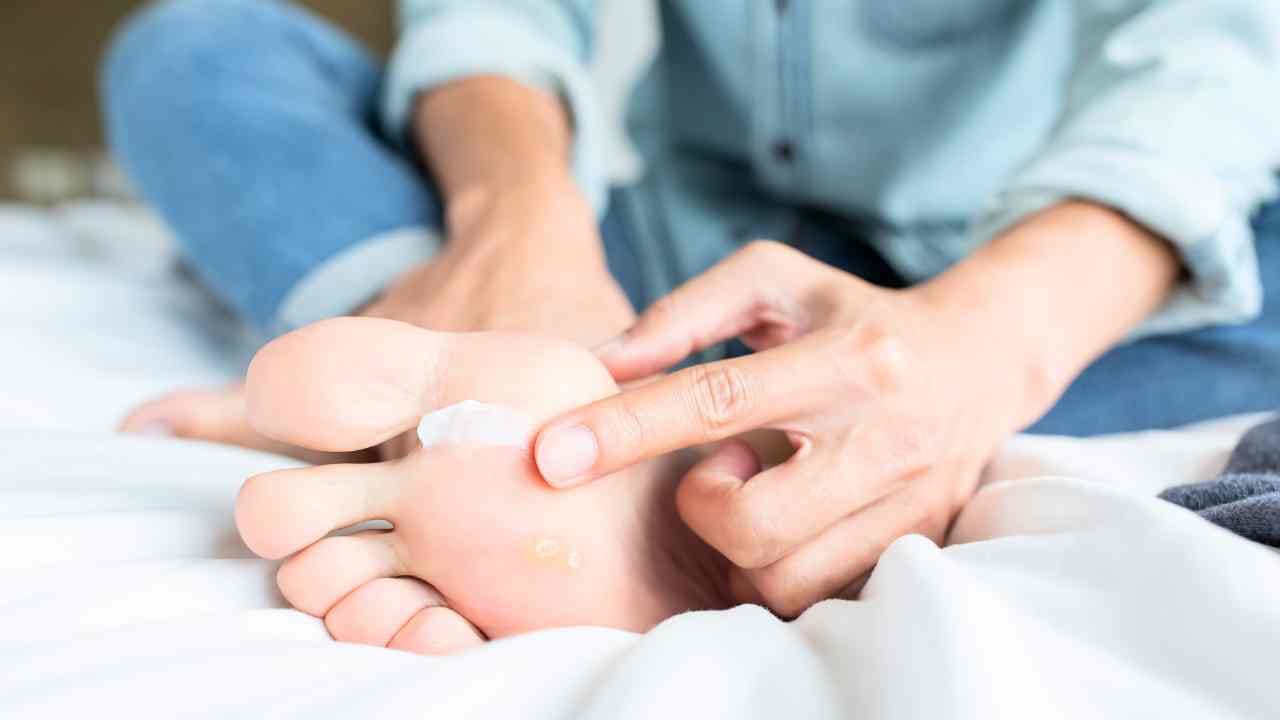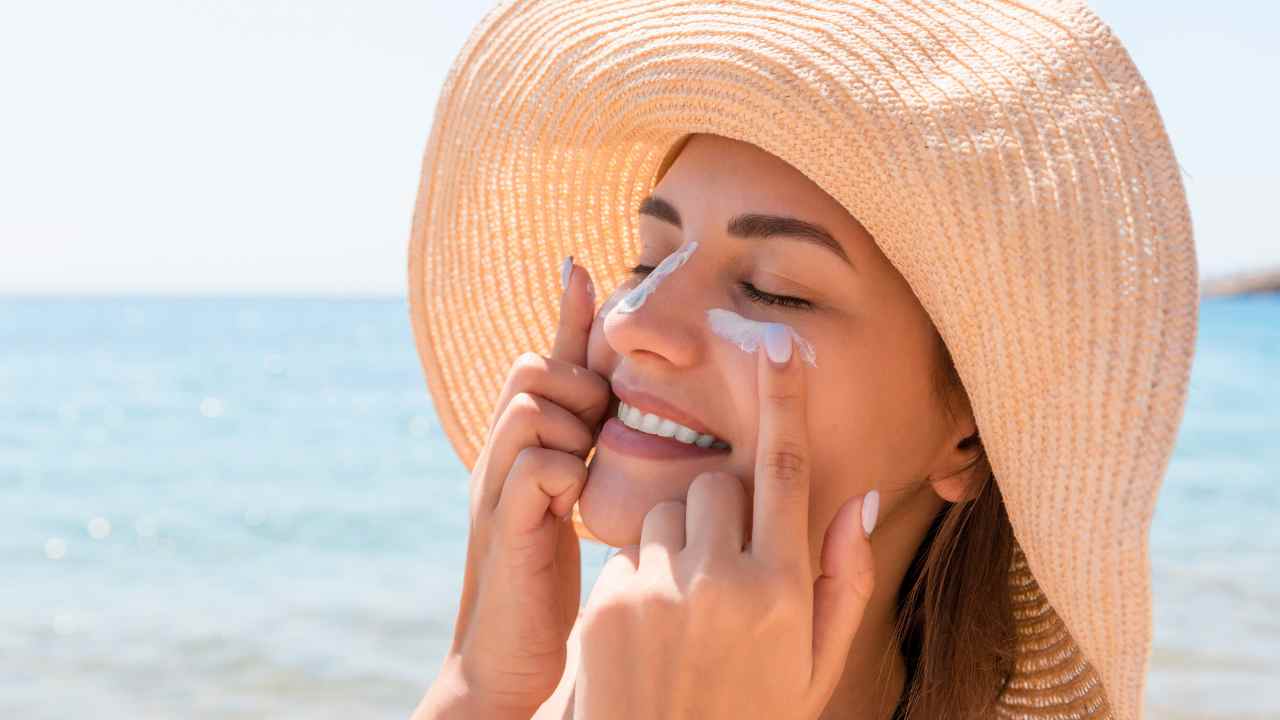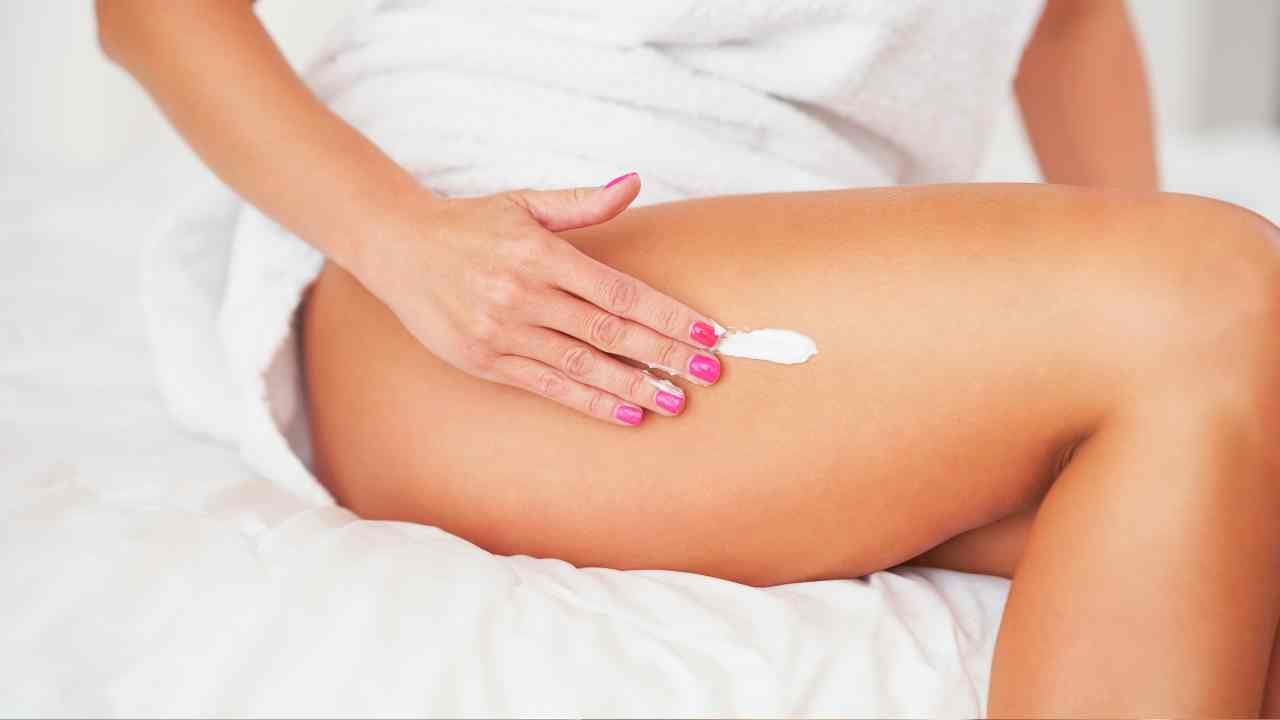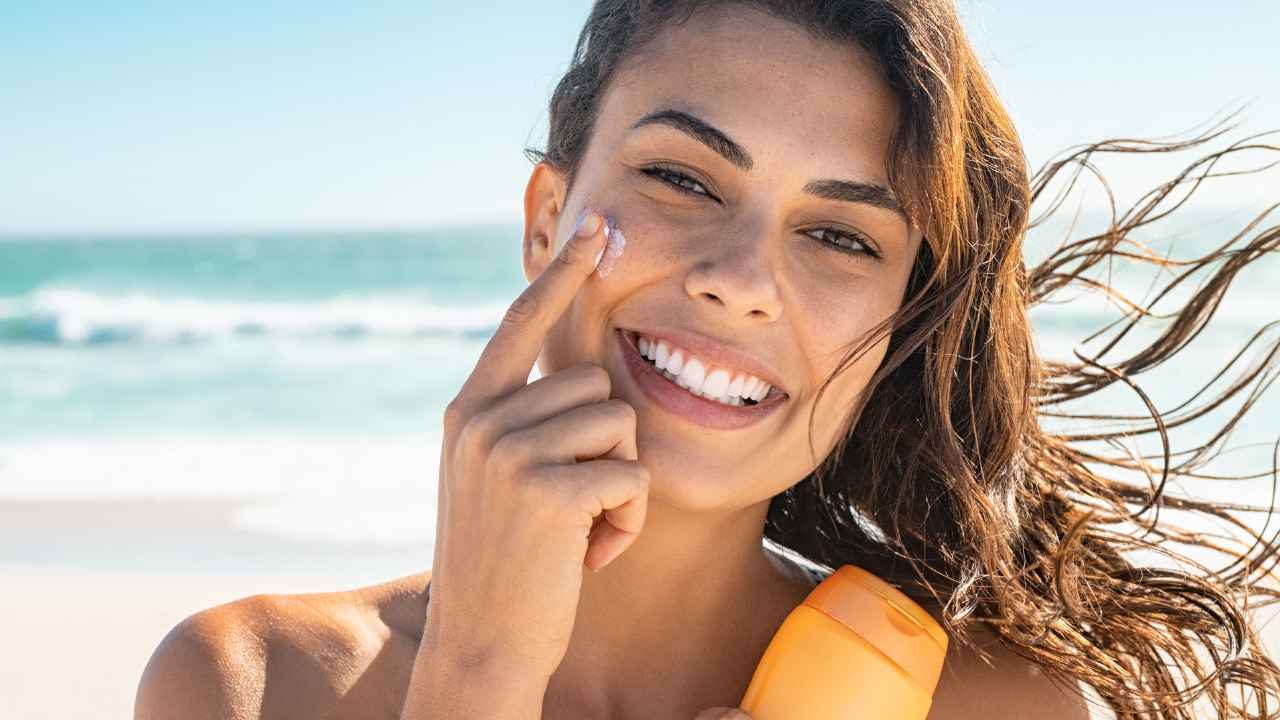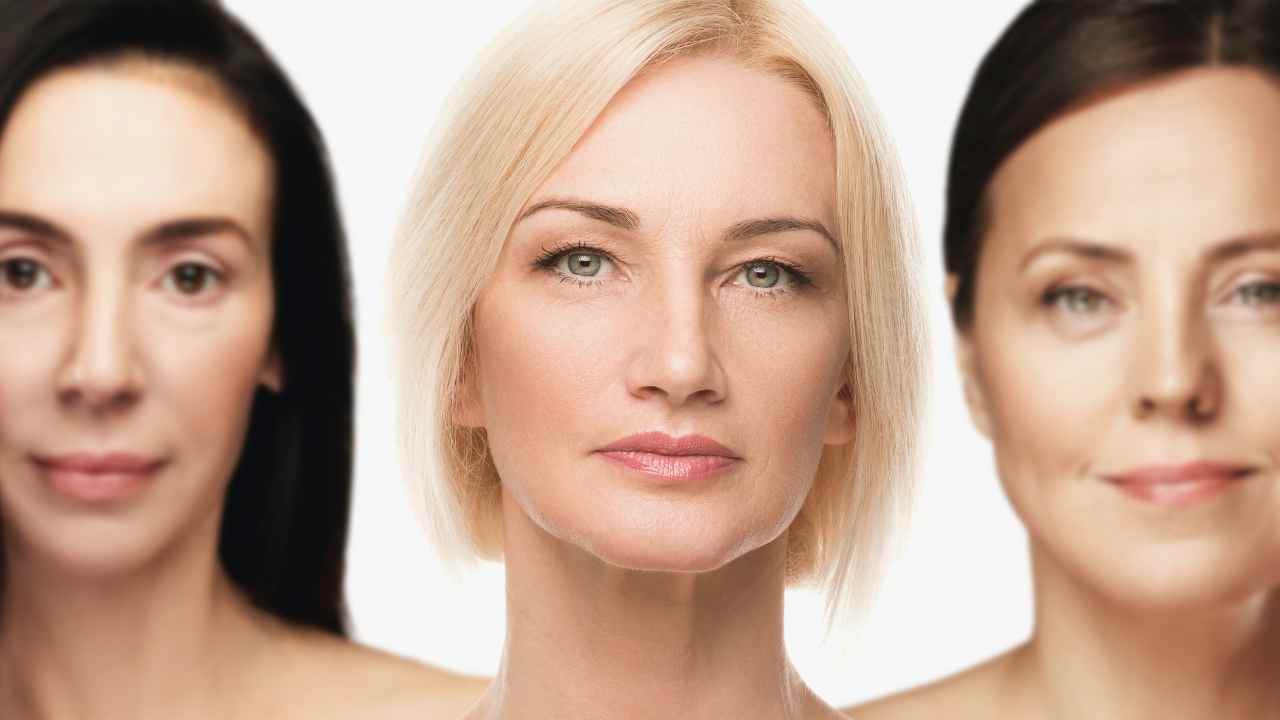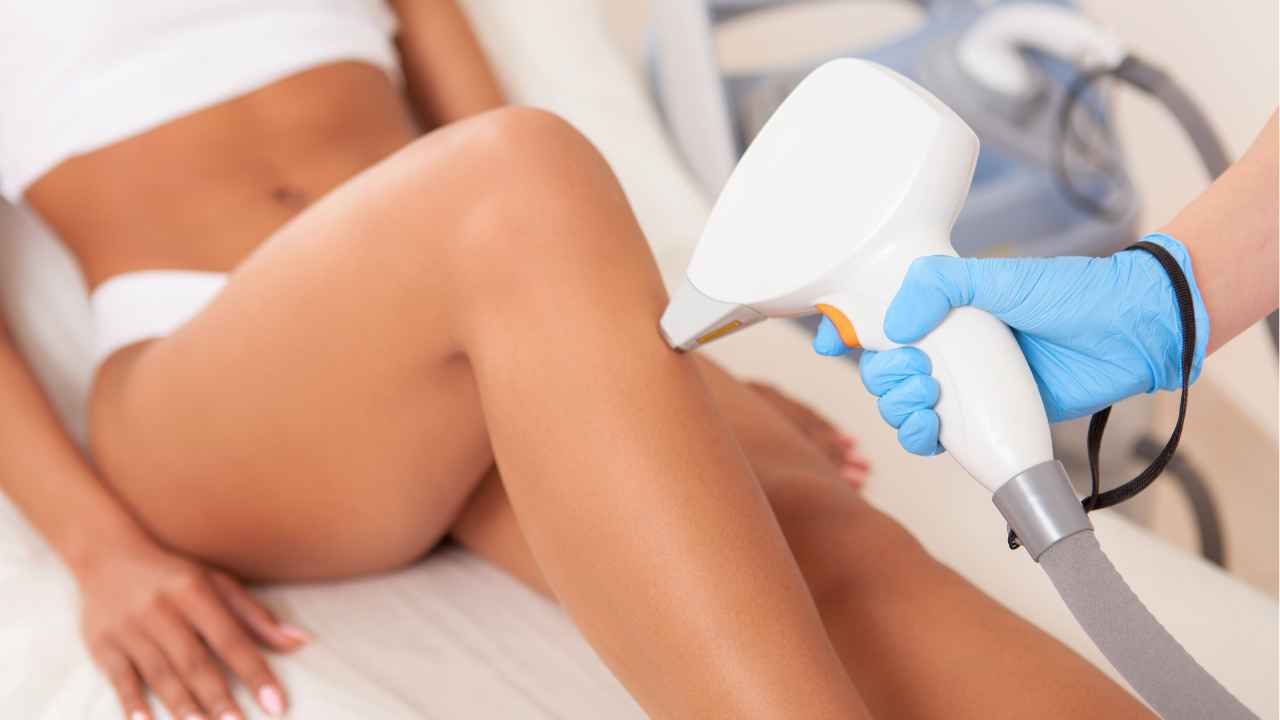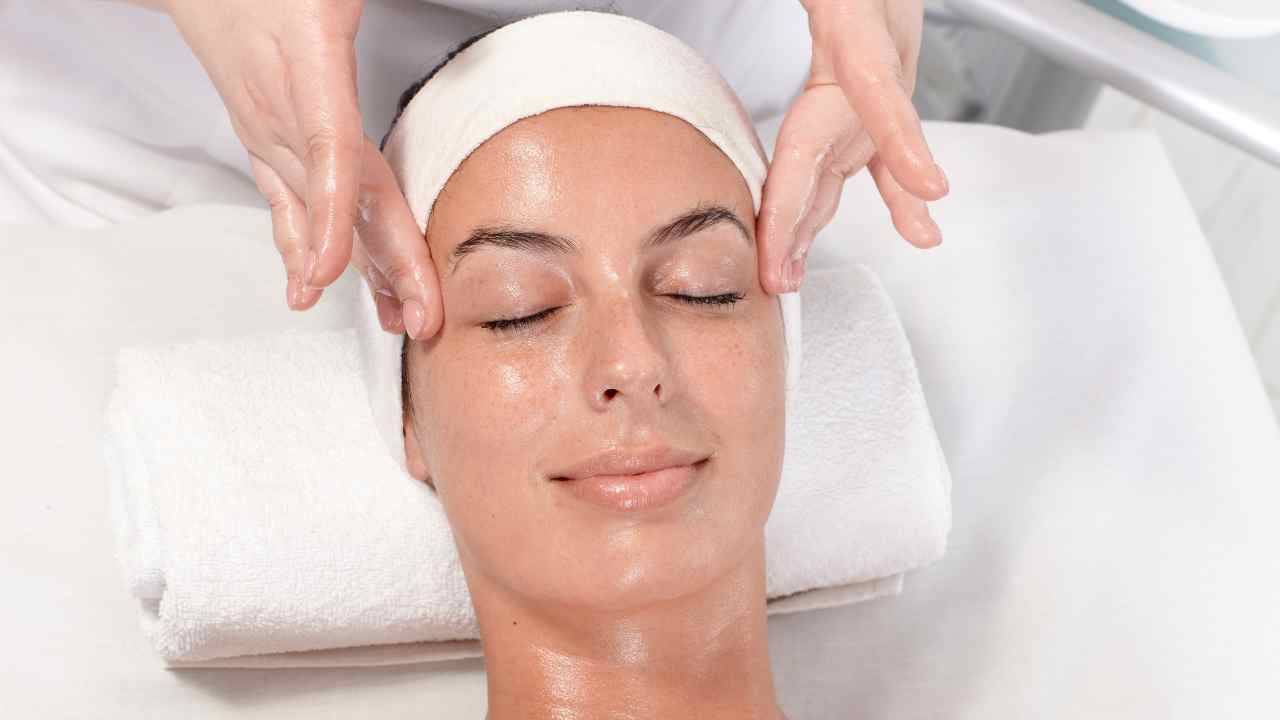
Peach Fuzz & Problem Skin: Does Dermaplaning Cause Acne?
We've all heard the rumours: dermaplaning causes acne. No, wait – it prevents acne! Or maybe it does both?
Well, no matter which camp you come down on in this great debate, there is one thing that we can all agree on – dermaplaning is not something to be taken lightly!
To help clear up any confusion and put an end to the speculation once and for all, today we'll delve deep into whether or not dermaplaning actually causes (or prevents) acne breakouts.
So get ready for a wild rollercoaster ride through some science-backed facts and trendy beauty secrets as we determine if undergoing regular dermaplaning treatments will leave your skin looking its finest...or just wreak havoc upon your complexion.
What Causes Acne?
Before we delve into the impact of dermaplaning on acne, let's briefly review what acne is. Acne can manifest in the form of pimples, blackheads, whiteheads, and sometimes cysts.
It occurs when hair follicles become clogged with oil (sebum), dead skin cells, and bacteria. Hormonal changes, genetics, diet, and skincare habits can all contribute to the development of acne and evenutally acne scars.
There are many treatments for oily skin and acne including pore cleansers and masks containing ingredients such as salicylic acid, glycolic acid, benzoyl peroxide, or retinoids like tretinoin.
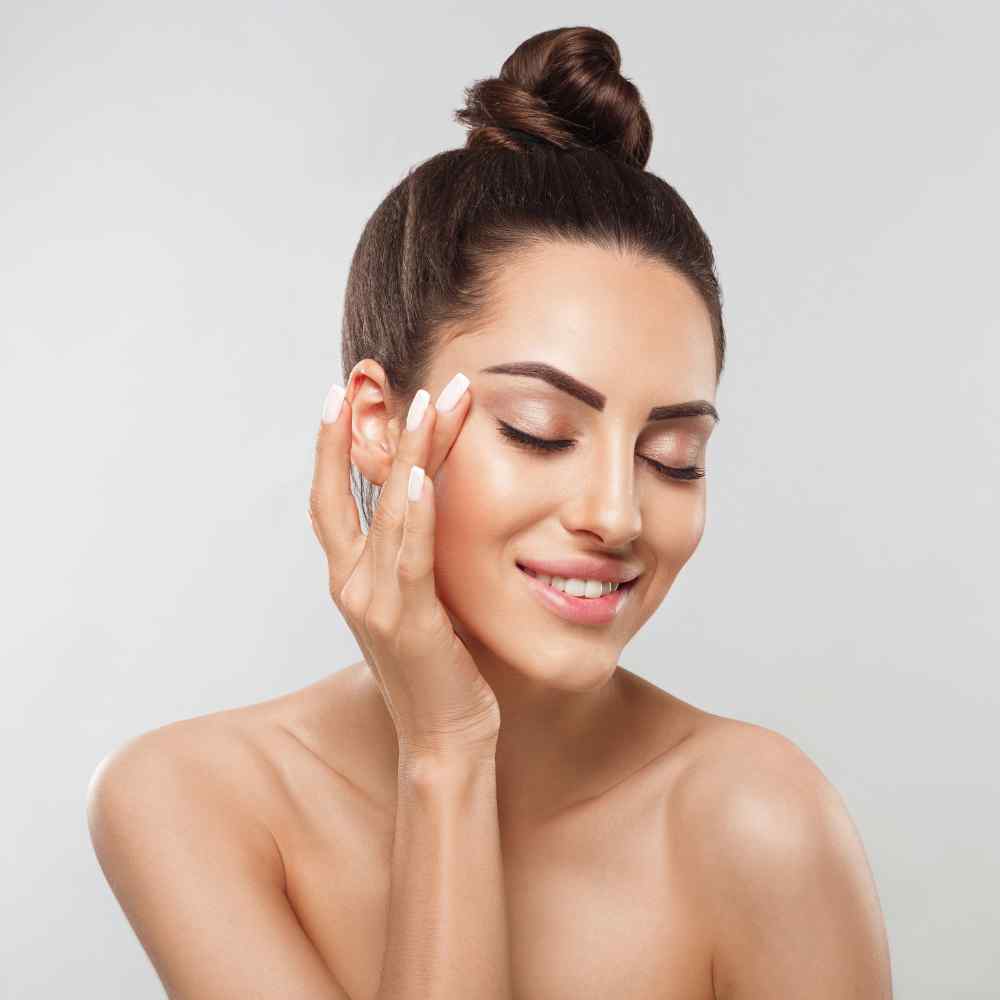
Dermaplaning: What is it?
If you’re looking for a quick and easy way to get that glowy, smooth complexion without harsh chemicals or painful treatments, then you need to look into dermaplaning!
Dermaplaning is an amazing skincare procedure that sloughs away dead skin cells and unwanted facial hair (aka vellus hair) with a specialized blade.
The process also boasts additional benefits like improved product absorption, brighter skin tone, and better overall texture. All this without the risks associated with chemical peels or other more invasive procedures!
So let's break down the steps: First off, your technician will prep your face by cleansing it with pre-treatment products that might include a gentle cleanser or soothing cream.
Then they'll apply short strokes of a razor-like blade over your face in the direction of your facial hair growth to gently exfoliate away dirt and build up from within your pores while providing female facial hair removal. This kind of exfoliation treatment would not work so well on men as they have thicker hair growth on the face.
Afterward they'll use soft cotton swabs with hydrating toners and serums infused with vitamins C & E to help nourish all those newly exposed layers of skin - leaving you feeling fresh faced as can be!
It's important to note though that dermaplaning isn't for everyone; if you have sensitive skin or acne-prone areas this could cause irritation so always speak up about any concerns before undergoing treatment.
Additionally there are some at home tools available but it's best to leave these advanced aesthetic practices in the hands of qualified professionals who know exactly how much pressure needs applying when taking on such delicate matters... afterall it is YOUR FACE we're talking about here folks!
And just one final tip: Try scheduling yourself monthly sessions as part of regular maintenance routines - trust us when we say, once you experience what Dermaplaning has in store for you there will be no turning back!
The Potential Effects of Dermaplaning on Acne
Dermaplaning has become crazy popular for a reason. It provides some benefits that skincare enthusiasts love. Here are just a few of those benefits.
Exfoliation and Dead Skin Cell Removal
Dermaplaning exfoliates the top layer of the skin, effectively removing dead skin cells that can contribute to clogged pores and acne. By eliminating this buildup, dermaplaning can potentially help reduce the occurrence of acne breakouts.
Sebum and Bacterial Disruption
Dermaplaning also targets the removal of vellus hair, which can trap oil and bacteria on the skin's surface. By eliminating this hair, the treatment may help reduce the accumulation of sebum and minimize the potential for bacteria to thrive, thus potentially reducing the risk of acne development.
Increased Product Absorption
Dermaplaning enhances the skin's ability to absorb skincare products. This can be beneficial when using acne-fighting ingredients, such as salicylic acid or benzoyl peroxide.
The improved penetration of these ingredients can assist in clearing clogged pores and reducing acne-causing bacteria.
Post-Dermaplaning Skincare Tips
To ensure the best results and minimize the risk of any potential adverse effects after dermaplaning, here are some skincare tips to follow:
Cleanse with Gentle Products
Use a gentle pore cleanser to cleanse the skin post-treatment. Avoid harsh or abrasive cleansers that may cause irritation or disrupt the skin's natural barrier.
Avoid Harsh Exfoliation
Refrain from using any other forms of exfoliation, such as scrubs or chemical peels, immediately after dermaplaning. Your skin will already be experiencing the benefits of exfoliation from the treatment, and additional exfoliation could lead to irritation.
Moisturize Adequately
Apply a hydrating moisturizer with hyaluronic acid to soothe and nourish the skin after dermaplaning. This helps maintain the skin's moisture barrier and prevent dryness or irritation.
Protect with SPF
Sun protection is crucial following dermaplaning. Apply a broad-spectrum sunscreen with a high SPF to shield your skin from harmful UV rays, as the freshly exfoliated skin may be more susceptible to sun damage.
Dermaplaning Risks to Your Skin
While a dermaplaning treatment can be beneficial for many individuals, it's important to address some common concerns regarding its potential impact on active acne:
Temporary Redness
It is normal to experience some temporary redness immediately after dermaplaning. However, this should subside within a few hours or a day. If prolonged redness or irritation occurs, it is recommended to consult with your skincare professional.
Acne Flare-ups
In some cases, individuals may experience temporary acne flare-ups following dermaplaning. This is typically due to the removal of dead skin cells and the purging process that can occur as the skin adjusts. This reaction is temporary and should resolve as the skin rejuvenates.
Inflammatory Acne
If you have active, inflamed acne lesions, it's best to avoid dermaplaning until the breakouts have subsided. Dermaplaning can potentially aggravate inflamed acne, causing further irritation and spreading of bacteria.
Consulting a Skincare Professional
Before undergoing dermaplaning or any other skincare treatment, it's essential to consult with a qualified skincare professional or dermatologist.
They can evaluate your skin type, address your specific concerns, and determine if dermaplaning is suitable for your acne-prone skin.
The Truth About Dermaplaning & Acne
The take-away? When it comes to dermaplaning, knowledge is power. Do your research and absolutely talk to a skincare professional before jumping into this treatment.
But if you do decide dermaplaning could help up your skincare game, then you’re in for a treat! Dermaplaning can work wonders in exfoliating, de-clogging pores, and encouraging proper absorption of acne treatments while providing hairless skin.
Plus, who doesn’t love those gorgeous after shots featuring smooth as hell, fresh skin? In other words: long live dermaplaning! So go forth on your journey (with the help of a pro) and get that glowing complexion. You know you deserve it.



